WGA in Vista: a growing concern
There’s a growing concern about the way Windows Genuine Advantage, Microsoft’s anti-piracy technology, will be implemented in Vista. It’s been reported that if your copy of the OS doesn’t pass the test, some functionalities won’t work, including the Aero interface and Windows Defender (the built-in anti-spyware software). Microsoft says the operating system itself won’t be “shut down” for failing to pass the “genuineness” test, but it will run in “reduced functionality mode.” Now, you might be able to get along okay without Aero, but according to the following, another little “functionality” that will be shut off (after one hour) is your Web browser. Link here.
Now that could cause some problems. On the other hand, if the software really is pirated, Microsoft certainly has the right to deny all functionality. The problem is when WGA is wrong. I wrote more on this dilemma in my blog post of October 4 here.
More laptop battery recalls: is yours on the list?
If you have a laptop computer, there’s a good chance that it uses a Sony battery. So far, Dell, Toshiba, Apple, IBM, Fujitsu and now Hitachi have announced recalls of Sony batteries installed in their laptop. Acer is considering doing so. HP has said that their laptops are safe from the overheating problem because of the way their systems are configured. Now we hear that Sony is planning to announce their own recall to encompass all these batteries. Wondering whether or not your laptop has one of these recalled batteries? For information on exactly which laptop model from each manufacturer are affected, see this guide.
Vista goes to sleep
A cool new feature in Windows Vista is “sleep” mode, which combines the benefits of Standby and Hibernation. Standby mode in XP saves your data in RAM and goes into a power-saving mode, and Hibernate mode saves it to the hard disk and then shuts down completely. This new power management option, Sleep, saves your current data to both RAM and the hard disk, and then goes into a very low- power-consumption state where only a few key components such as RAM and CPU are turned on. When you press a key or move the mouse, the computer “wakes up” almost instantaneously (2 to 3 seconds).
It works a little differently with laptops. When you go into Sleep mode, the data is saved in RAM. If the battery level gets low, the machine will power itself back up to the level needed to save the data to the hard disk, then shut off completely. This makes you less likely to lose data. Although Sleep mode will be the default when you push the power button, you can still shut down completely from the Start menu.
How to log onto your XP computer when you’ve forgotten the password
If you forget the password to your XP user account, you may still be able to get back in. The easiest way is to use a password reset disk, but if you didn’t create one, there’s still hope:
- Log onto the computer with the administrator account (or have someone who has the administrator password perform these steps).
- Click Start | Run.
- In the Run box, type control userpasswords2
- Click OK.
- Click the user account for which you’ve forgotten the password.
- Click Reset Password.
- Enter a new password, confirm it, and click OK.
There are a few caveats to keep in mind before using this procedure. With XP Pro, you’ll no longer to be able to access encrypted files or encrypted email messages. With XP Home, or with Pro in a workgroup, you’ll need to boot into safe mode before logging on with the administrator account.
Display the Power Meter on your laptop all the time.
If the icon in the system tray goes away when you plug your laptop into an A/C outlet, but you’d like to be able to continue to see the icon (to check on how fully the battery has charged), you can do the following:
The default setting is to display the Power Meter icon when you’re using battery power, but you can indeed set XP to add the icon to the taskbar permanently. Here’s how:
- Click Start | Run.
- In the Run box, type PowerCfg.cpl.
- Click OK.
- Click the Advanced tab.
- Check the box to Always Show Icon On The Taskbar.
- Click OK.
The icon image will display as a plug when you’re on A/C power, and as a battery when you’re on battery power. It will indicate whether the battery is charging or is fully charged. You can also configure the Power Meter to display information for multiple batteries, or set it to sound a warning when your battery gets low, from the Power Meter and Alarms tabs, respectively.
How to make a local printer available during Remote Desktop connection
If you connect to a Windows XP Pro computer via remote desktop, you normally have access to the printer(s) that are installed on the remote computer, but you may want to print on a local printer instead (that is, a printer that’s installed on your client machine), since it’s likely to be physically closer to your location. You can make the local printer available in the Remote Desktop session, via the Remote Resources tab in the Remote Desktop Options dialog box. For complete instructions on how to do so, see KB article 312135.
Having trouble creating a scheduled task in XP?
If you try to use the Scheduled Task Wizard to create a new scheduled task on your XP computer, and the Wizard hangs up, it may be because of a problem with permissions for the Start Menu folder in the All Users profile when you’re logged on as a local user. You can fix the problem by installing the latest service pack, but if you have a compelling reason not to do so, there is a hotfix available from Microsoft that addresses this specific problem. You can find out more about it in KB article 841846.
How to use Network Monitor Capture Utility to capture network traffic information
You can use Netcap.exe, a utility included with XP, to find out network traffic information for troubleshooting performance problems. This is useful to determine which computer (source or destination) is causing slow network transfer performance. Netcap.exe is a command line tool. For instructions on how to use it, see KB article 924037.
Note: Netcap is installed when you install the Support tools that are on the Windows XP CD-ROM.
Deb Shinder, MVP

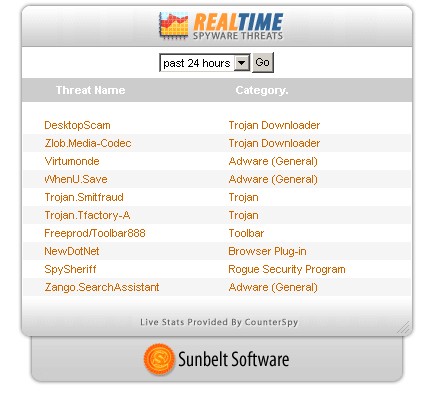
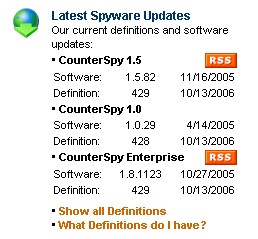






![Effectivetoolbar_1231231231123[1]](http://sunbeltblog.eckelberry.com/wp-content/ihs/alex/effectivetoolbar_1231231231123%5B1%5D_thumb.jpg)
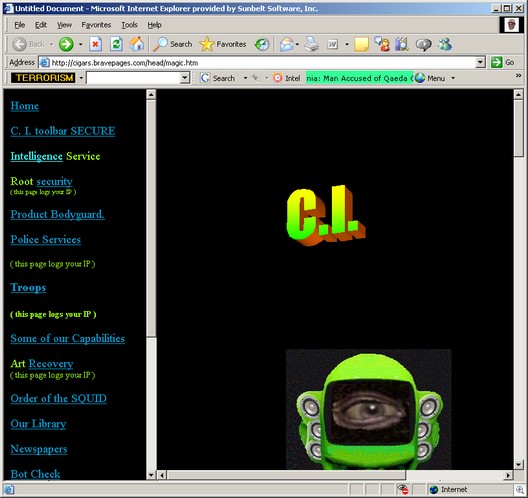
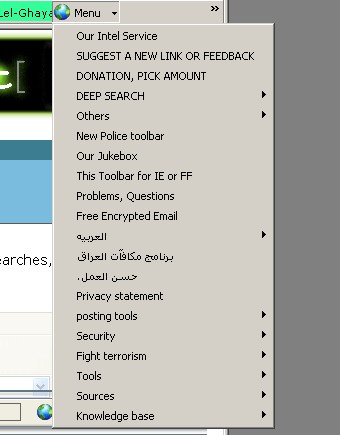

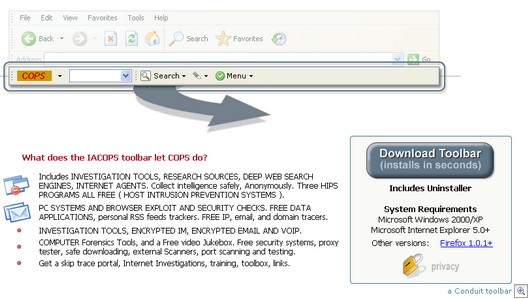
 .
. 